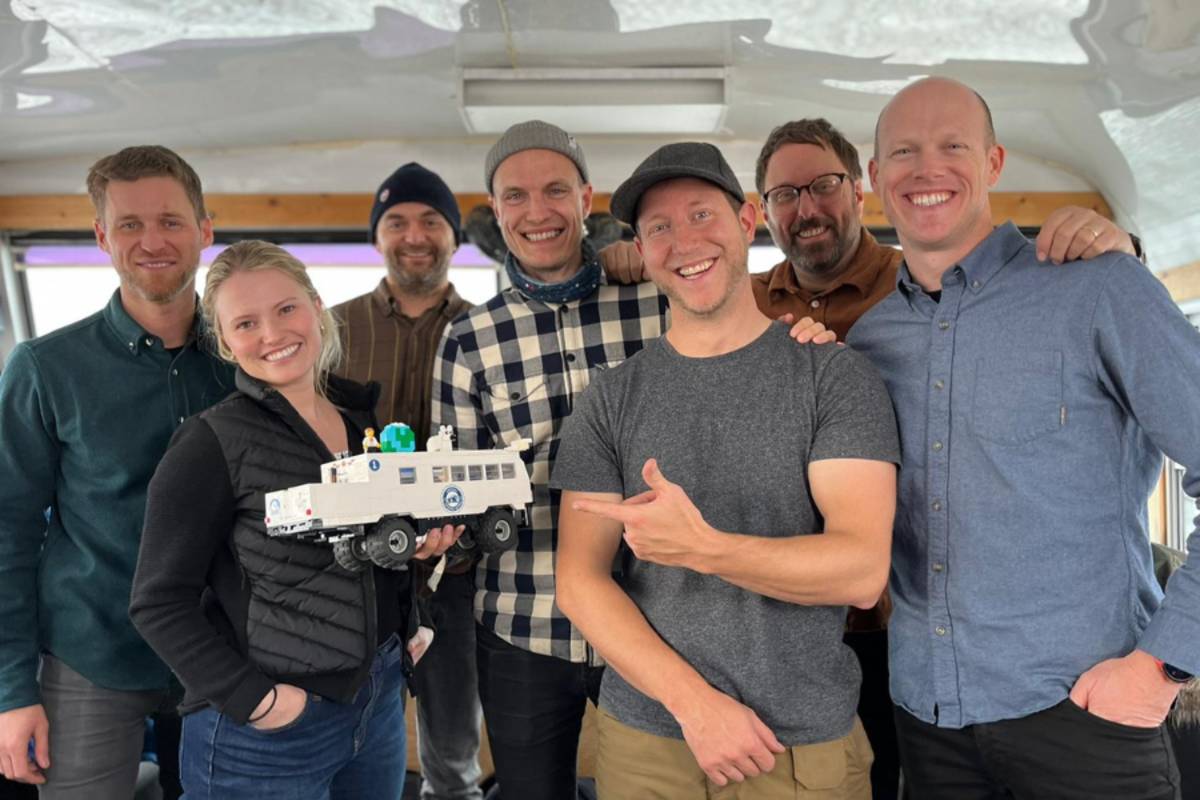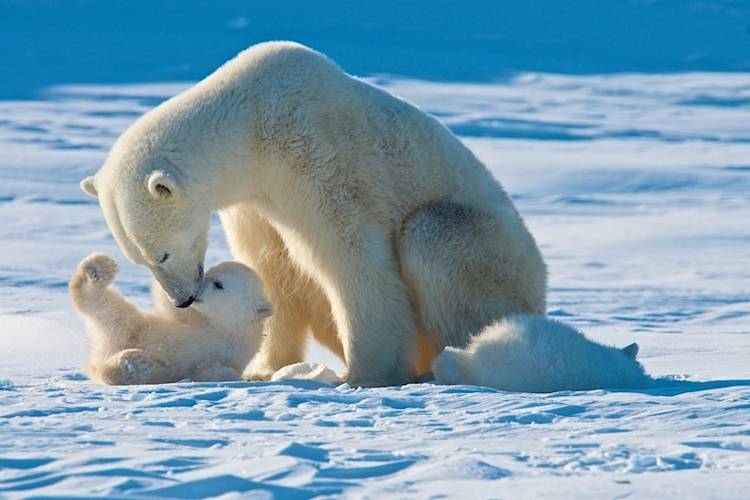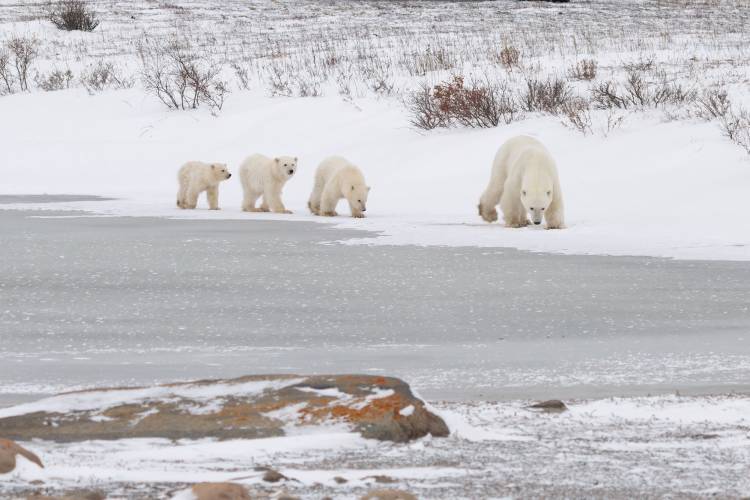I first joined Polar Bears International’s Tundra Connections webcast program in 2010. I remember sitting at a table next to three older, much more experienced scientists and hosting back-to-back-to-back, hour-long virtual events for individual classrooms while surrounded by polar bears. It was completely exhausting, but I had a blast. Since then, I have spent many years managing, hosting, and changing the format of Tundra Connections. Though I’ve loved every minute, I have never had as much fun, moved as much, or laughed as hard as I did on Buggy One this fall during LEGO’s Build the Change event.
Our friends from the LEGO Group were first introduced to us through our mutual partner, Discovery Education (DE). PBI has worked with DE for years as one of our largest and most influential (and fun!) educational partnerships of the last decade. We agreed that a Virtual Field Trip webcast focused on creativity and innovation would be a good fit for all organizations, fun for students, and great for polar bear conservation — so we started planning — many months in advance!

Photo: Alysa McCall
LEGO Group’s Build the Change
By Alysa McCall, Director of Conservation Outreach and Staff Scientist
MINS
13 Dec 2023
Finally, in late October we welcomed Kyle Schutt from DE (who has joined us many times before) as well as David Pallash and Anders Juul, both from the LEGO Group’s Social Impact & Partnerships division. There’s always a bit of an unknown with new guests joining us, so we hoped they would be comfortable with our sometimes intense schedule. But, we knew we had nothing to worry about when, on their first night with us, they came to dinner by dancing down the stairs in inflatable polar bear and flamingo costumes. Many laughs were had that night and we looked forward to our busy week.
The next morning, David and Anders got to experience Halloween in Churchill, an always-special day made even more special by the donation of 228 pounds of LEGO bricks to the local school. The Duke of Marlborough students were challenged to use the bricks to come up with solutions to help polar bears, and the results were incredible! Those small LEGO bricks were powerful tools for fostering critical thinking, problem-solving, and STEAM (science, technology, engineering, arts, and mathematics) skills. The imagination on display had everyone impressed and smiling, and all the kids got to take some bricks home before heading out for Trick-or-Treating.

Photo: Amy Cutting / Polar Bears International
"I made a thermal imaging camera to help polar bear patrol know when there’s a bear trying to come through town." Leanne, 12
The following day, we headed out onto the tundra to watch polar bears, spend the night on the Tundra Buggy Lodge, and prep for our webcast, which usually includes a basic run-through of the event. This time, though, the run-through was mostly made up of polar bear viewing, endless jokes, and stopping to watch and dance to songs on YouTube. Before we knew it, the day was over and we felt great about the upcoming event.
After a late night on the Lodge, we rolled out early and set up our virtual event. Hosting an education webcast from the tundra always adds an element of adventure, but can also serve as a powerful backdrop for discussions about creativity, collaboration, and the limitless possibilities of learning through play. One of my favorite segments of our webcast compared science to play and showed how, for scientists, science is play.

Photo: Amy Cutting
"Vibrating scanners that the bears cannot pass so the town is safe and they are on every house so they start blinking red and they call polar bear patrol." Clementine, 13
Research in the Arctic has many challenges including crushing cold, high winds, dark days, freezing waters, and abrasive ice, which all impact operations and equipment. So, to best study polar bears, scientists follow the tenets of a “quality play experience” which includes:
Iterate: Build, test, experiment, repeat, fail, try again, and eventually succeed!
Socially interactive: Share ideas to build empathy, compassion, and hear other perspectives. So important everywhere, but especially in science when working within research groups, with communities, and across countries.
Actively engaged: Activate our brains through physical movement to help us think in different ways. Hands-on = minds-on. Science can be very physically active, especially during fieldwork.
Meaningful: We learn more from play when it means something to us; if there is no point, we get bored. Science is very meaningful for those trying to find answers to tough questions.
Joyful: If something is not joyful, then it’s not play! Scientists love their work and get joy from learning more about what they are interested in.
It is critical that younger generations know that problem-solving can be fun, is part of everyday life, and doesn’t need to be done alone. Together, we will find solutions!

Photo: Amy Cutting
"I built some flamingo guards and a guard dog plus a ninja to protect the polar bear." Mason, 8
Please join the thousands of other viewers in watching the half-hour YouTube archive and see the tundra become a stage for creativity, curiosity, and the transformative power of play. We look forward to continuing to work with these amazing collaborators, to playing through our work, and to helping protect the future for ourselves and for polar bears.
Huge thanks to Devon Sabo and the team at the Columbus Zoo, where some of the show’s pre-live footage was filmed, for helping us pull off this amazing event!















